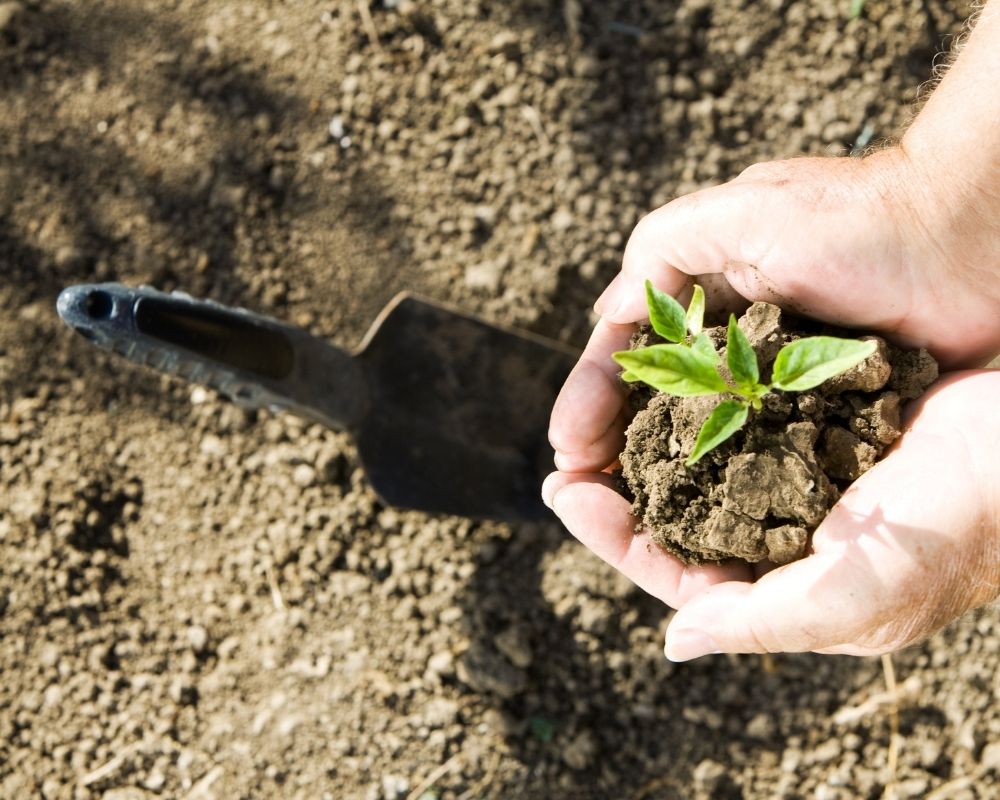- Who We Are
- What We Do
- Success Stories
- Careers
- News & Events
- Contact us

Agriculture provides critical social advantages such as food and commodity supply, economic development, and creating jobs.
On the other hand, agriculture is under increasing strain due to higher productivity demands, soil erosion and sealing, water scarcity, and the consequences of numerous natural disasters and weather extremes resulting from changing climate patterns.
Earth Observation (EO) data from Copernicus Sentinel missions and Copernicus contributing assignments will be utilized to build data products that will supplement the information used by insurance companies to construct their products and analyze natural disasters.
To validate the occurrence of catastrophic weather events and to predict future risks, weather intelligence based on data assimilation, numerical weather prediction, and seasonal ensemble forecasting will be used.
Also, EO stands for Earth Observation, which gathers data about the planet’s physical, chemical, and biological systems.
This is an effective technique for continuously providing geographic information across the agricultural value chain, measuring agricultural productivity and efficiency, identifying sustainable farming techniques, and enhancing rural communities’ resilience.
Satellites can be used in agriculture in various ways, starting with evaluating crop biomass and production potential. Optical and radar sensors can provide an accurate picture of the farmed land, and distinguish between crop species and determine their health and maturity.
The latter can be used to identify and track the effects of extreme weather occurrences on this industry.
As a result, the insurance industry places a high priority on locating, gathering, and aggregating data, as well as gaining access to local to regional information, such as historical losses due to effects and crop exposure to effects of relevant risks, which can now be derived from remote sensing and earth observation data.
What is Agro Insurance, and how does it work?
In arable crops, horticulture, and livestock production, agricultural insurance plays a significant role as a risk management strategy. In the agriculture sector, there are three types of insurance often indemnities or yield-based products:
1.Indemnity-based, yield-based, and index-based structures.
2. Hail insurance
3. Multi-Peril Crop Insurance (MPCI) New insurance solutions that cover crop loss due to hail and safeguard against other natural catastrophes have just recently been established.
Changes in climate patterns raise yield losses because extreme natural occurrences occur more frequently and with greater intensity, forcing the insurance industry to handle the negative consequences of more natural hazards covered by various insurance products.
What is the Internet of Things (IoT)?
The Internet of Things (IoT) is a network of interconnected, internet-connected objects that can gather and transmit data without the need for human interaction across a wireless network. The possibilities for personal or professional development are limitless.
The Internet of Things in Agro Insurance
It aims to develop a commercial service module that would allow insurance companies to tap into the untapped market potential of Agricultural Insurance (AgI) by leveraging advances in Earth Observation, meteorological intelligence, and information and communication technology.
Insurers can also contact their consumers more regularly and offer new services based on their acquired data through networked devices. Customers in the insurance industry, in particular, frequently interact only with agents or brokers; direct client communication has been limited to contract extensions and insurance claim processing.
Insurance companies can more precisely evaluate risks because of Internet of Things (IoT) technologies.
Insurers can also contact their customers more frequently and provide new services based on information obtained from networked devices.
Customers in the insurance industry, in particular, frequently interact only with agents or brokers; direct client communication has been limited to contract extensions and insurance claim processing.
As a result, the Internet of Things (IoT) could significantly impact customer interactions, allowing firms to develop broader and more focused consumer engagement.
Final Conclusion
Despite the significant changes, agriculture insurers are encouraged to be vigilant and informed; the Internet of Things is just getting started. When it comes to embracing IoT technologies that can help them create more value for their clients, positioning is crucial.
The goal now is to keep putting money into new and imaginative ideas. It will allow clients to benefit from low rates and unrivalled services.
Informatics has you covered if you’re looking for insurance and financial software development services.
We provide you with unique software solutions created by a team of competent specialists with years of experience and understanding in the field.
Contact us immediately!
Written by Siththy Waseema
